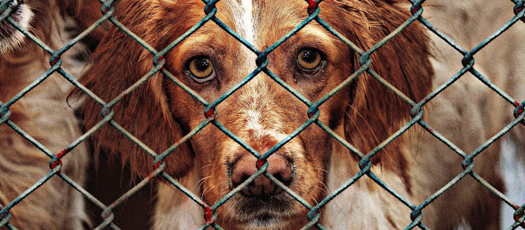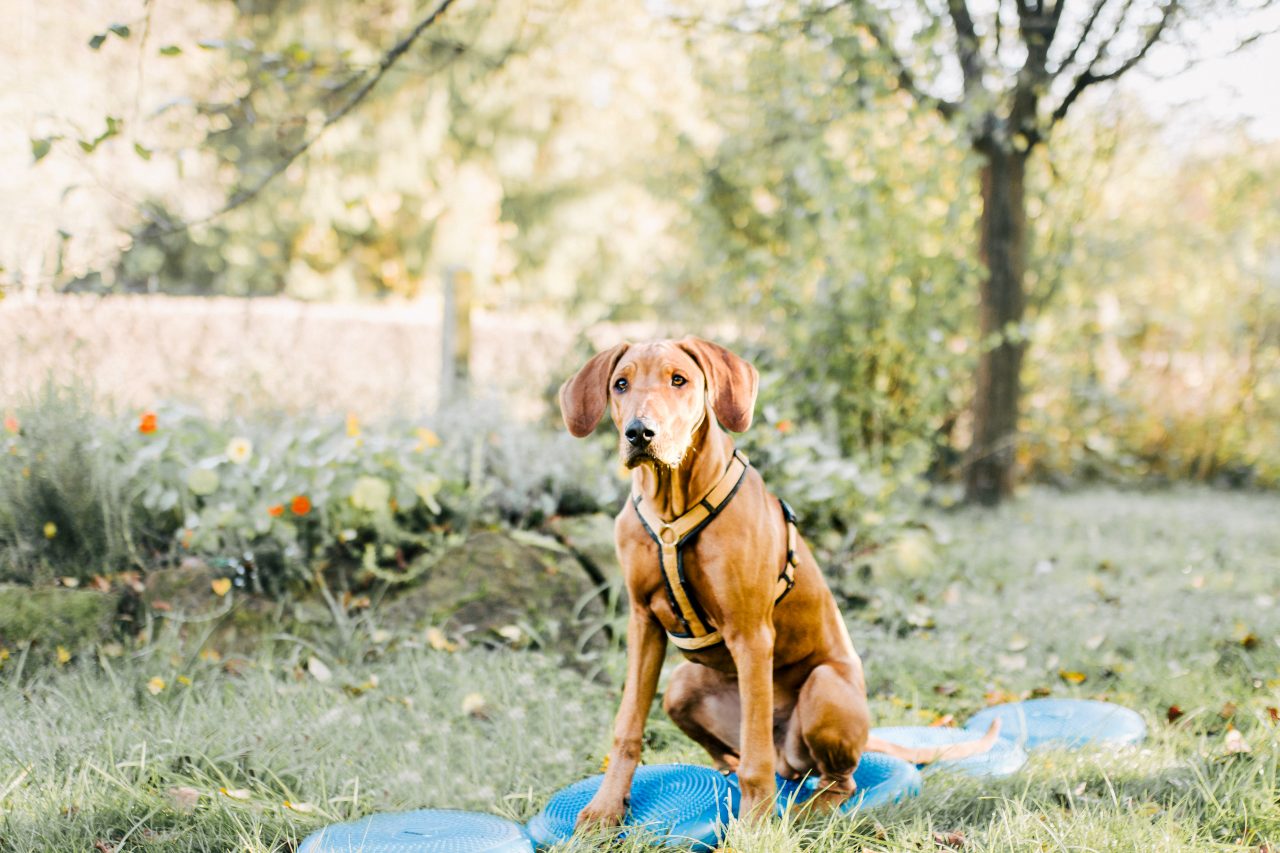
Which dog is right for me?
Having a dog is at the top of the wish list for many families, especially those with children. If the family has considered carefully and decided to get a canine companion, the next question is what kind. What criteria should be considered? Large, small, long hair, short hair? What color? Purebred or mixed-breed? From a shelter or breeder? Fond of children?
With so much to think about, it’s not that simple! But other aspects are actually the most important things to consider.
What is your lifestyle like?
What do you do during your free time? Do you go for hikes or jog, or are you more of a homebody who likes to relax on the sofa? Do you enjoy spending a lot of time outdoors, no matter what the weather is like, or do you go out only in nice weather? Do you want a furry friend to go along on a lot of your day-to-day activities, such as strolls in the city or even to a restaurant? If so, it’s easier to do that with a dog like a Labrador Retriever than a Great Dane. Do you often have company over, including children, and do you live with a lot of neighbors? If so, a breed with a pronounced guarding instinct might not be the best choice. Do you want your dog to go along on vacation, or would you leave it with Grandma and Grandpa, say, instead? If so, they should be active enough to take care of the dog. It’s best if you jot down a list of these items. They are very important when it comes to finding the right dog for you.
What are you like?
Do you tend to view a dog as a buddy? Are you a more “permissive” type of person when it comes to dealing with dogs, someone who might tend to be inconsistent and not project a lot of authority? If so, a Golden Retriever might be a better fit than a Hovawart. You shouldn’t choose a breed whose members are known for their strong will and for demanding a lot of their person’s leadership qualities.
People who are more “cool” and authoritative by nature, though, will have no problem getting along with even more demanding canine personalities.
Breeds and their tasks
A beautiful Weimaraner would really be something, wouldn’t it? Or maybe a colorful little Jack Russell Terrier instead? Or an easy-to-train Border Collie, preferably blue merle? Many future dog owners consider looks first, and some even deliberately seek out a special look. But it’s easy for things to go wrong there. The crucial point is to learn exactly what the specific breeds were bred to do. That is what determines their breed-specific characteristics, aside from looks. These characteristics are present whether or not the dog ever comes into contact with what it was actually bred to do, and they cannot be “trained out.” Many of these breeds need specific, regular substitute activities if they are to live purely as family dogs so that they can use their innate characteristics accordingly.
A Jack Russell Terrier is a typical example. They look cute, and they’re small – which might make us think they are practical and easygoing. Wrong! They were originally bred to hunt foxes and badgers, which makes them fearless, with a hunting instinct and a strong will of their own.
Or take Weimaraners, for example. They are truly beautiful, but they are hunting dogs bred for performance and stamina, and they also have a strong guarding and protecting instinct.
A Border Collie is agile, but it specializes in herding and has sensitive reactions and special needs of its own. Herding is often associated with taking care of things, but it is actually unrelated – herding is simply hunting without taking down the prey.
Beagles are popular, too. But people should know this breed is bred to hunt rabbits in packs. That means there are very few Beagles that can run around without being on a leash.
When looking for the right breed, you should also think about health-related aspects. “Brachycephalous” breeds like the French Bulldog, Pug, or English Bulldog often suffer from breathing problems due to the short, wide form of their skulls. Many of them have to undergo surgery to treat these issues.
Getting information
If you are interested in a specific breed, it’s best not to do your research on the Internet, but instead to buy a detailed portrait of that breed in the form of a book that also lists the addresses and websites of serious breeding associations. You can also visit a breeder or two to form your own personal impressions.
So you want a mixed-breed dog
Not all purebred dogs are overbred, and not all mixed-breed dogs are healthier in principle. But they are, of course, less expensive to buy, aside from specific cross-breeds known as “designer” dogs. The more you know about a dog’s background, the easier it is to get a rough idea of what traits to expect. In dogs with many different breeds in their genetic makeup, appearance alone does not indicate what those breeds are, so it is impossible to gauge what characteristics should be expected.
Those who are open to anything and willing to adapt to their specific furry friend’s developing traits and needs will find a suitable companion among these animals as well. Still, it is important to be aware that this will be necessary. No one wants the dog to wind up in a shelter later on because the owner had completely different expectations.
That is especially true if you adopt a rescue dog. Most rescues are already full-grown, which means they have a history, often an unknown one. Many of them have had adverse experiences and received too little socialization. Dealing with these kinds of particularities the right way requires a lot of advance knowledge. That includes things like what to bear in mind with a dog that is anxious or fearful. Only then can you watch for the specific signs and influence problematic behavior in a way that helps everyone, including the dog itself, to cope better.
A dog that is fond of children
This point is often an important criterion for families with children. But there is no such thing as a breed that is automatically good with children. At the same time, there is no breed that is explicitly not friendly toward kids. Whether or not a dog is fond of children is an individual matter that depends on disposition and experience. Easygoing puppies that have had a chance to have good experiences with children before leaving the breeder are more open to children than a more tentative canine companion that might have lived alone with an older person and then winds up in a family with children. That is true even if both are the same breed. Members of breeds with protecting and guarding instincts can definitely distinguish between children that belong to their own family and those who are merely visiting. When a certain breed, like a Labrador Retriever, is viewed as being especially fond of children, it can also lead to the expectations for that dog being set too high. Even the most patient dog has its limits. Younger children in particular should not be left unattended with their dog as a result.


